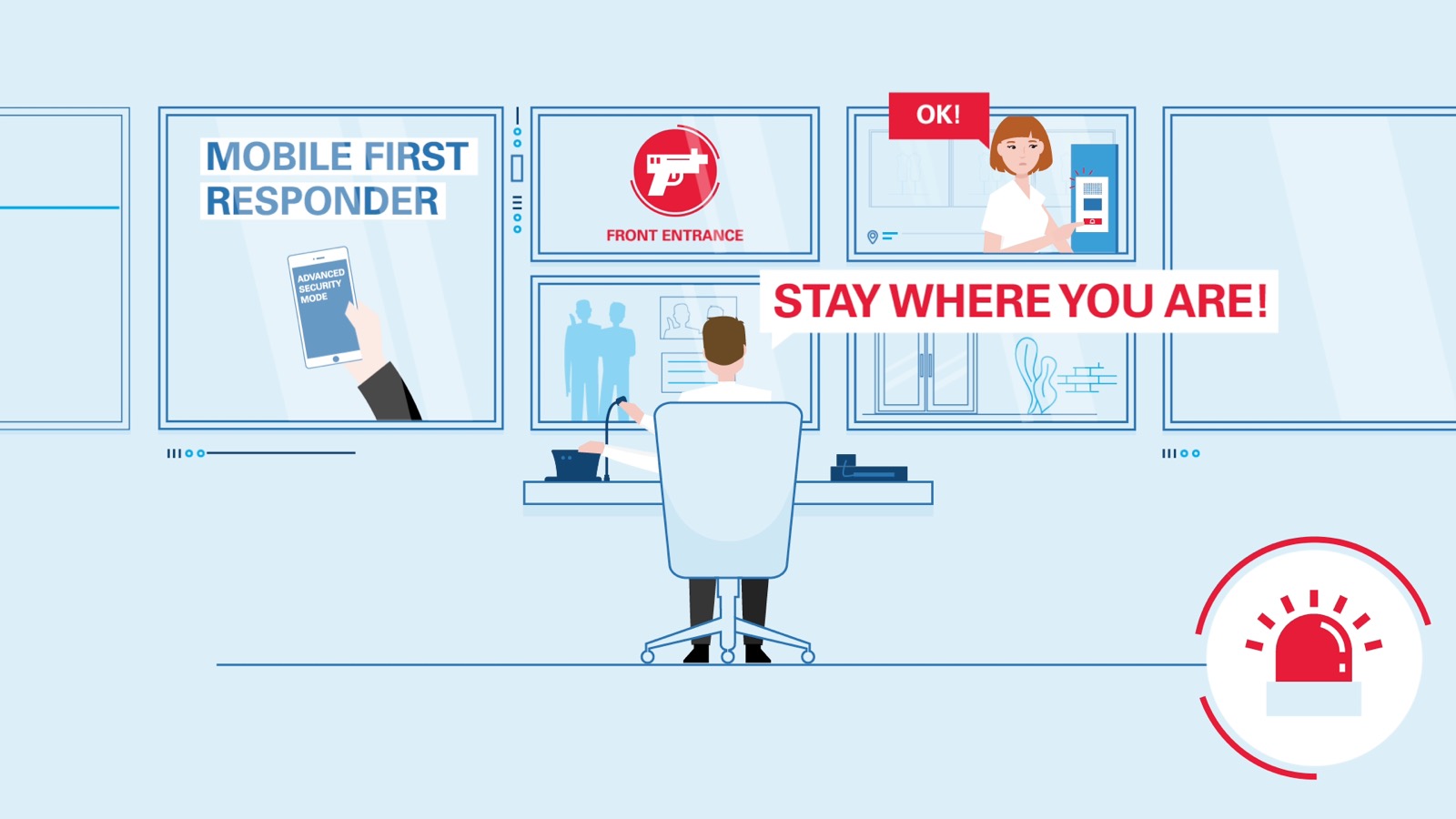
Commend Solutions for Incident Response Plans
Communication That Saves Lives
Advanced Security Building Intercom System (ASBIS)
The demand for security technology for buildings and large building complexes has reached a new level. Providing meaningful security is an ever-growing challenge. More often than not, the focus was on securing buildings and premises, i.e., on protecting assets and infrastructures. Increasingly, however, the focus is shifting to people themselves, i.e., the protection of life and limb. And this means not just the people working in these buildings, but every single person who happens to be in them. This would include visitors in an office building as well as customers in a shopping centre or patients in a hospital.
For decades, the protection and security of people in critical situations has been Commend’s first priority and passion. Our crisis incident management solutions prevent buildings being turned into death traps.
Advanced Security Building Intercom in a nutshell
The following video provides a quick overview of what makes Commend's Advanced Security Building Intercom Systems (ASBIS) special:
Commend ASBIS solutions with INTERCOM Power
Providing instant support is essential in a crisis situation. This includes alerting intervention forces and security officials to initiate emergency and incident response measures. However, responding properly to a crisis requires full situational awareness. After all, why call the fire brigade if a paramedic is needed?
Modern Commend communication systems help organisations do just that: they provide intelligent ways of triggering alarms and warning affected parties about the threats. They do so, for example, with the smart digital assistants of Series ID5, the latest addition to the CONCERTO family of terminal products.
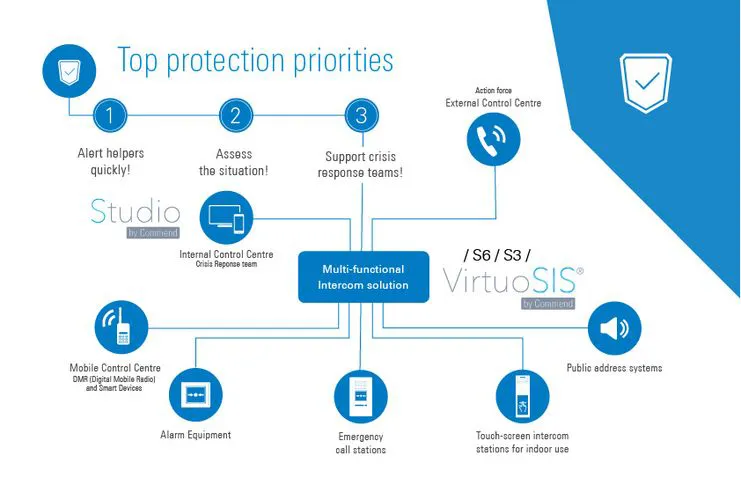
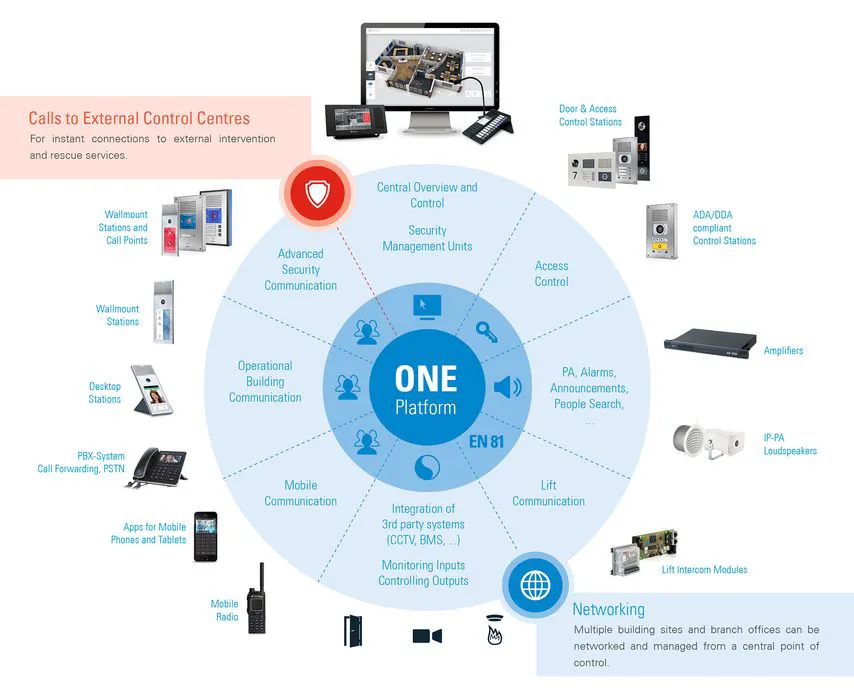
Based on decades of experience in Security Intercom – including, e.g., VDE 0827 compliant solutions for schools – we can advise on how best to support emergency operation plans and workflows, and what to look for as a security official or technical risk manager when it comes to choosing the right equipment and solution components.
The proper solution for every (emergency) situation
What good is an alarm if nobody knows what’s going on? The only solution here is communication.
Commend’s powerful, proven ASBIS solutions support emergency operation plans at every stage – from quick alerts and reliable situational awareness to targeted incident response and the support of crisis teams and rescue forces.
Depending on the terminal devices used, alarms can be triggered via pre-defined keys or by direct touchscreen interaction on our digital assistants. If required, the devices can be fitted with separate push-buttons or Bluetooth buttons. This way, the alarm button can be concealed on the underside of a desk.
The terminal devices can provide various alarm modes to suit individual requirements, such as “Personal Distress Call” or “Alarm warning against a general threat”.
Triggering an alarm on an ASBIS device establishes an instant connection to a round-the-clock control room. Here staff can localize the incident and monitor the situation acoustically. If required, the user can be addressed directly via the terminal device’s loudspeaker.
The control room is usually located on the company’s premises but may also be located in an external emergency and service control centre.
To appraise the situation, staff at the control room can ‘listen in’ to assess the threat and initiate appropriate measures. ASBIS terminals can also be used for direct communication with the person seeking help. Where available, on-site video cameras can be integrated for enhanced situational awareness. In these situations, it is of particular advantage that the Commend Intercom connections are bi-directional.
Acoustic verification by control centre staff also helps to prevent costly false alarms. But what about data protection? Acoustic and visual monitoring (‘listening in’ and watching) on the ASBIS devices is only enabled in case of an alarm. Unless an alarm is triggered, it is not possible to establish a monitoring connection from the Control Room.
In addition to help and distress calls, the Control Desk receives relevant situational details on a PC or tablet device. This includes the exact location and, if required, other relevant information about the location or the caller.
From threat alerts to clear instructions or other information, the Control Desk allows intervention and rescue services to provide carefully guided, reliable assistance, e.g., in initiating a lockdown, sending messages to the displays of digital assistants, switching signage lights, making announcements over the loudspeakers, and controlling the whole integrated system (PA, Intercom, video, access control, etc.).
First responders or assisting authorities are contacted either via stationary ASBIS devices or by smartphone or tablet PC. This way, they can be provided with situational details and instructions without delay. If required, operational command can summon staff to a crisis conference over the ASBIS devices. To join, all they have to do is accept the call at any terminal device, without the need to operate any controls or enter a PIN code.
In addition to help and distress calls, the Control Desk receives relevant situational details on a PC or tablet device. In an emergency, this information includes the exact location of the person(s) seeking help.
Besides ensuring situational awareness, the Control Desk also offers numerous other options: ‘listening in’ on ongoing situations via ASBIS devices, activating CCTV cameras, opening or closing doors and gates, assessing developing threat conditions, keeping affected parties informed, communicating with intervention forces, and coordinating crisis teams. Additionally, staff can maintain direct communication with the ASBIS terminal where the alarm was initiated.
The Commend system can create a seamless log documenting each event. If required, it can also record all calls, including the corresponding video streams. This enables a detailed analysis and an impartial review of how the incident developed. Based on this information, existing emergency operation plans can be developed further to include preventive measures for the future.
In the event of a worst-case scenario where people get injured, the official investigators will verify if everything humanly possible has been done to avert danger and to minimize damage. With the Commend solution, operators can document that they have taken the correct measures and that an adequate risk management is in place.
Gain Expert Guidance with the ASBIS Whitepaper
Download our free ASBIS whitepaper to get guidance and assistance in accordance with EN 62820.

Expect more
One of the unique characteristics of ASBIS solutions based on latest Commend Intercom technology is that its solutions can efficiently take over everyday tasks. Regular day-to-day use of the equipment means that operators get used to working with the devices, so they become more confident and reliable in using the systems in extreme situations. So-called "ASBIS Hotspots" demonstrate the wide range of functions provided by these solutions.
ASBIS Hotspots
Powerful, multi-functional Commend Intercom systems are ideally suited for ASBIS solutions. Not only will they provide a permanently available advanced security mode for exceptional situations and emergencies in buildings, they also leverage latest technologies to support you in your everyday tasks. Here are some practical examples of standard compliant Hotspots and their essential features:

Supporting everyday school life
- Info terminal
- Direct calls to pre-defined target devices, e.g., secretary’s office or caretaker
- Paging calls with automatic response
- Sounding the break-time bell
- Public Address functions e.g., for announcements or school radio
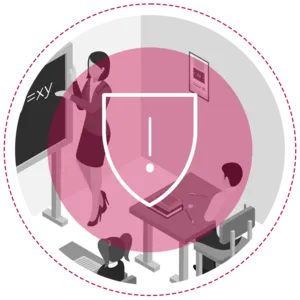
In Emergencies
- Tamper-proof ASBIS station
- Continuous functional self-monitoring
- Integration into voice alarm systems
- Collective emergency calls / emergency announcements
- Integration of shooter detection and dynamic lockdown
- Hands-free voice communication for up to 7 m speaking distance
- Emergency conference calls for crisis intervention teams
ASBIS Technology
User Terminals

Warning Equipment
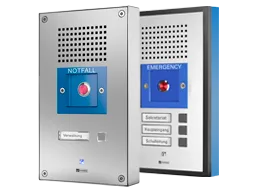
Stations and Call Points

Indoor Touch Stations
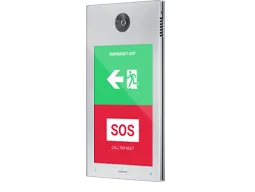
Outdoor Touch Stations
Central Control Units

Stations with central control functionality
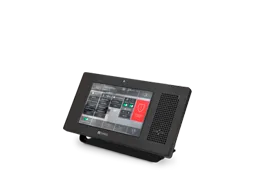
Compact Control Desk System DUETTO
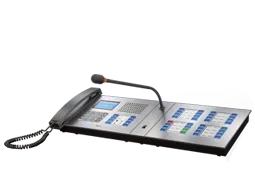
Control Desk System CONDUCTOR
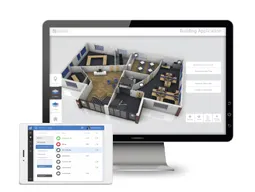
Control Desk Management STUDIO
PA Equipment

IP Loudspeakers

IP Audio Amplifiers
Learn more
For more information about Incident Response Plans and how to request guidance and advice regarding technical risk management, please see the Commend Whitepaper on the EN 62820 and NFPA 3000 standards. Crucial questions and further aspects covered in this whitepaper include:
- Why is risk mitigation so important?
- How to use the standards as a guideline?
- How to find appropriate equipment?
- What functionality and added value in everyday situations is an ASBIS arrangement providing?
- What are the 7 important hints for security managers?
